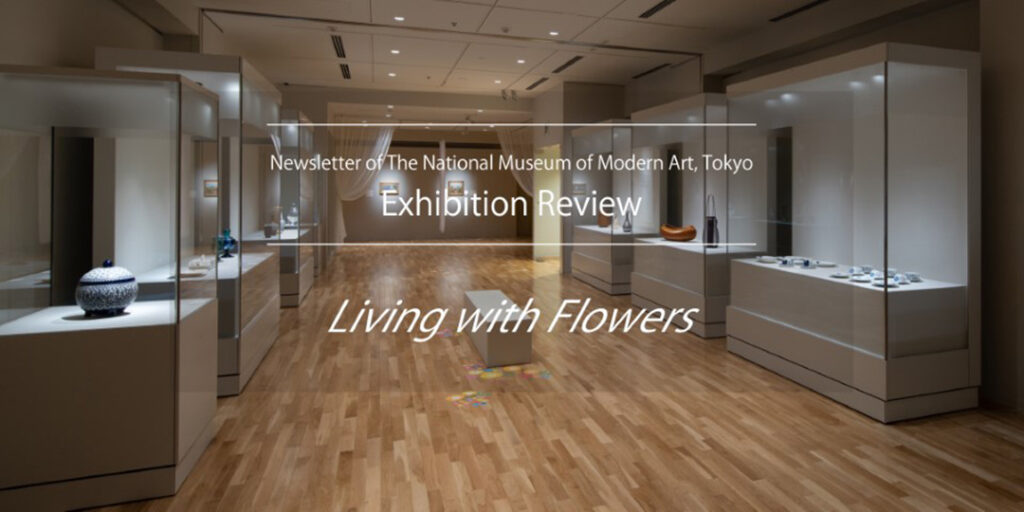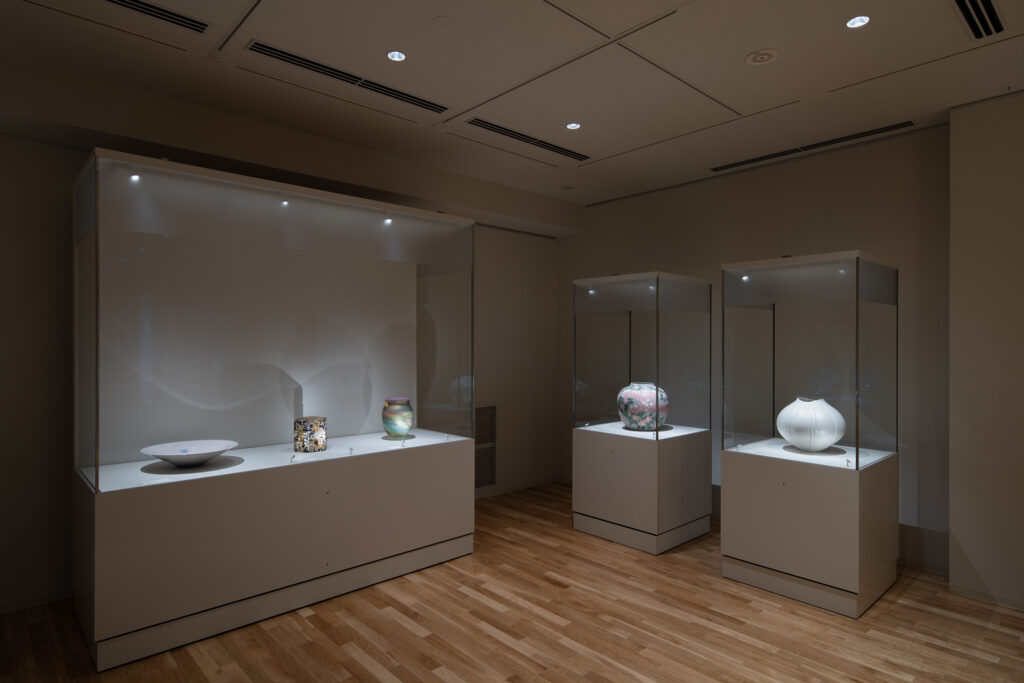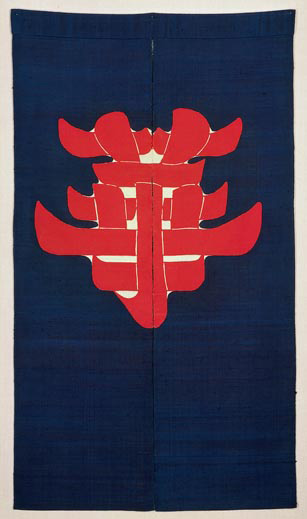Watch, Read, Listen
Newsletter of The National Museum of Modern Art, Tokyo Exhibition Review A Visit to the Living with Flowers Exhibition
Back
This winter in Kanazawa has been colder than usual, and the flowering of plants has been delayed. Even so, the buds on trees and shrubs are gradually swelling, and blossoms are beginning to appear. The Japanese andromeda in the garden has finally opened in clusters of white flowers. As we move toward early summer, fresh greenery will once again color the hills and fields, a sight that never fails to delight the eye. At last, warm days full of the promise of spring have become more frequent in Hokuriku, and it is no longer a season when we feel reluctant to step outside. Currently, the National Crafts Museum is presenting Living with Flowers in commemoration of the fifth anniversary of the museum’s relocation. The exhibition, composed of three sections, features craft and design works from the museum’s collection on the theme of flowers. This year marks the fifth anniversary of the museum’s relocation, but for us local craft artists the building is already a familiar part of our lives.
I Shaping Flowers
Imaizumi Imaemon XIII (Yoshinori) , Bowl, pinks design, underglaze grey and overglaze enamels, Nabeshima ware: The contrast between the pale rosy hue of the pinks that bloom in May and the soft ink wash is beautifully contained within the form of the vessel. It has something in common with the dignity and refinement of Nabeshima rugs. Once again, I was struck by how deeply origins and regional character are reflected in craft works.
Itaya Hazan, Vase, hydrangea design, underglaze colors: Looking at this work brings back memories of Utatsuyama Park in June some thirty years ago. In the Department of Crafts at Ishikawa Technical Senior High School, where I studied, an annual sketching session was held in the park, and we painted irises and hydrangeas in watercolor. This gives a sense of how the teachings of Hazan, who once taught at the school, are still being carried forward today. The presence in this exhibition of several artists connected with the school is further evidence of how its legacy of crafts and design education endures.
Miyata Rando III (Kohei), Ring, “Springtide”, gold, lost-wax casting: I have heard that the origins of Sado’s lost-wax casting techniques lie in cannon production. The wax was apparently twisted into cords to create the original form. A method once used for making weapons has been preserved and, 130 years later, applied to the making of gold jewelry.

Photo by Ishikawa Koji
II Dreaming of Flowers [Fig. 1]
Kawase Shinobu, Bowl, “Round Leaf”, celadon: This work was shaped by altering the rim after it was thrown on the wheel. Precisely because the process is so simple, it could only be carried out by an artist who has fully mastered both the wheel and the beauty of glazes. In this exhibition, the shadow cast by the bowl is also striking, adding to the elegance of its contours.
Serizawa Keisuke, Noren (doorway curtain), design of the character “Hana (flower)”, stencil dyeing on tsumugi silk [Fig. 2]: This was one of the most memorable works in the exhibition. Crafts are made with every kind of material, and plants have long served as sources of dye as well as for enjoyment and nourishment. Even vegetation and trees not usually regarded as beautiful can, when transformed into dyes, emanate colors of unimagined brilliance. The radiance of natural dyes in this work left a powerful impression.

Photo by Yoneda Tasaburo
III Living with Flowers
Maurice Denis: The exhibition includes a special display of two paintings from the National Museum of Western Art.
Sugiura Hisui, Picture postcard: A delightful series of plant-themed postcards is on view. In the room of “Emerging Ideas”, materials once owned by Sugiura—including plant sketchbooks and woodblock prints—are also presented. These reveal that in addition to collecting and sketching wildflowers, he drew on both Japanese and overseas dictionaries and botanical guides as references.
Lucie Rie, Vase, spiral patterns: Among the pleasures of being a ceramic artist are arranging flowers in one’s own vessels or seeing others do so. Japan and the UK share a deep affection for gardens and for tea. Despite differences between East and West, the sentiment of cherishing flowers has surely been much the same throughout history. Meanwhile, engaging with those who use one’s works also brings new discoveries, and crafting vessels with their utility in mind opens possibilities for expansion of an artist’s creative range.
Fujinuma Noboru, Flower basket, “Ki (atmosphere)”, tabane-ami (weave): Tracing the types of works an artist produced during different periods is one way of understanding their practice. One might find an early stage marked by freshness, a middle stage accompanied by command of technique and physical strength, and a richly expressive later stage. These phases are all the more clearly revealed because creating crafts is a physical task. With the vigorous force of its overall weave and the finely detailed finish of the rim, this basket embodies the distinctive qualities of bamboo. It is a masterful work, brimming with the artist’s confidence.
The plants depicted by each artist differ according to their era and region. The fact that such works can come together in one space is part of what makes a museum exhibition so fascinating. As visitors view the works, they might enjoy imagining the flowers as seen through the eyes of the makers, while taking them in with their own eyes.
In late March, I visited the village of Ogimi in Okinawa Prefecture. As I walked through the town, I saw banana plants being cultivated and people weaving bashofu cloth from their fibers. The swallows had already migrated to mainland Japan ahead of me, but in July the exhibition Kijoka Bashofu—In commemoration of the 50th anniversary of its designation as an Important Intangible Cultural Property and the fifth anniversary of the museum’s relocation will open at the National Crafts Museum. I look forward to that exhibition as well.
(Gendai no me, Newsletter of The National Museum of Modern Art, Tokyo No.640)
Release date :


